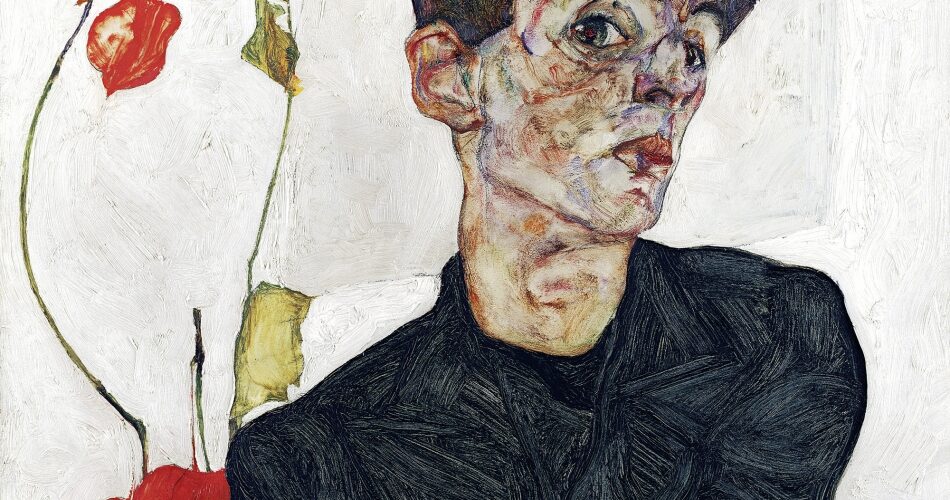Aiman Khan | April 2023
The human body is a language of intimacy. It surrenders in both articulated and hushed forms of expression. It’s a sigh, crackling laughter, giggles accompanied by blush, a cry of pain and pleasure, moaning and yearning for more. Our bodies unfold volumes of poetry every day. The moment you see your beloved, your body becomes one. It’s like the blood becomes a messenger for your body informing it of an arrival, a presence. Your lips broaden, while your cheeks create tiny spaces for a smile. Your heart either rushes on a marathon, or settles down as if listening to a lullaby. The voids between your fingers feel the yearning to intertwine, your chest feels lush, inviting to make room for another. And ah! The gaze, that one gaze that seeps into another. Is that what you call feeling at home?
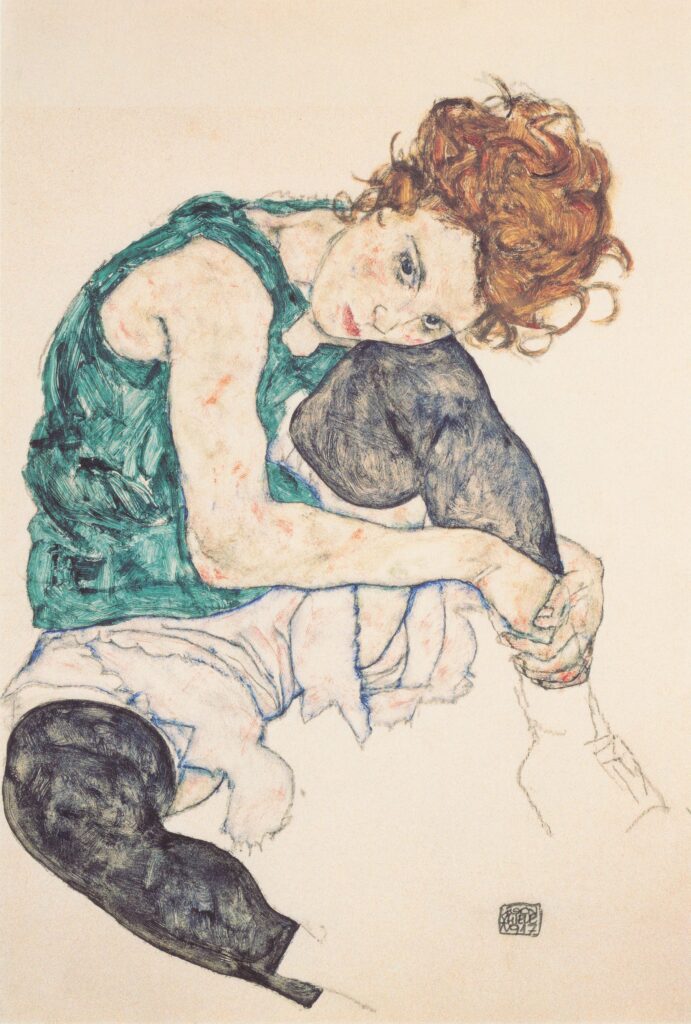
This language of intimacy is an art that artists have been yearning to behold and explore. Highlighting the magic and savoring their finesse, their explorations recount the stories enslaved behind the bars of history and time. Human art forms are also a pursuit to portray what we endure as art, for art we are. There has always been a fascination to wade through the secrets of human nature in numerous ways. Perhaps, creating it dot by dot, eye by eye, part by part, is the deepest exploration. Speaking of portraits, the endeavors to create & re-create portraits form an indispensable part of the history of human bodies as art.
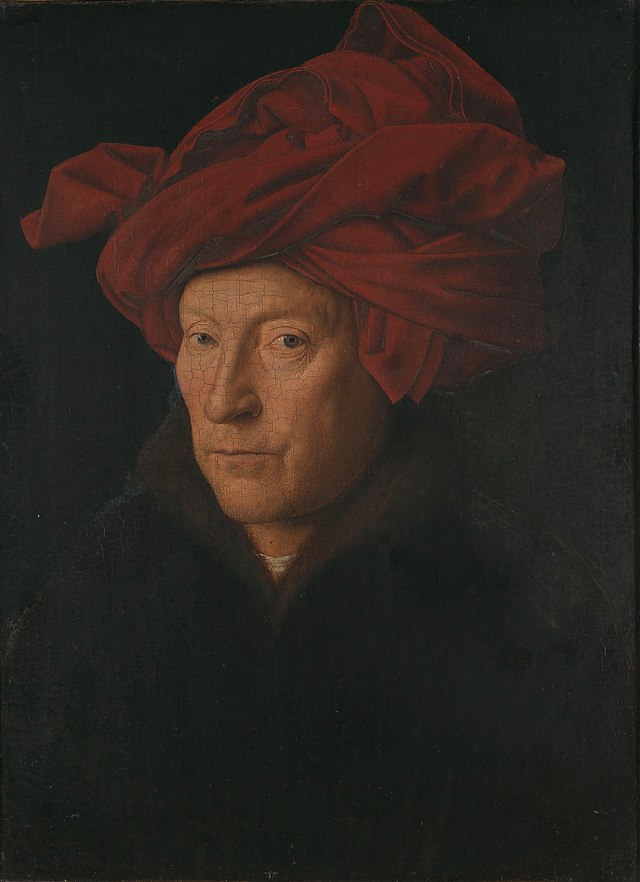
Historic self-portraits like the ‘Portrait Of A Man’ painted by Jan van Eyck around 1433 indicate the human desire to seize the memory of yourself. More specifically, it was like putting yourself out there, or maybe just expressing your intimate states without feeling obliged to do so.

Another historical self-portrait, ‘Self-portrait at 26’ by Albrecht Durer, symbolizes presence. Like just being there, and showing how you identify. The posture is that of self-assurance yet one that seems to question you eye-to-eye via strong eye contact. Silent communication, interrogation, and accepting your individuality are what I observe in these human art forms. Naturally, I wouldn’t care to notice the fabric, the designs, or the specifics of the paintings but the detailing Albrecht Durer has done in his self-portrait convinces me of the influence of class and status. The contradiction is that Albrecht didn’t belong to any elite class when he painted it. This further expands the intention behind human art forms, say self-portraits. What also stands out for me are the symbols of belief and faith that are subtly included in human art forms. How much goes beyond a single portrait is an adventure to seek!

A contrasting perception is a sense of shame and modesty associated with our bodies. Yet, bare-bodied, without any labels, symbols, or clothes, the language is that of brutal honesty and acceptance. The human artworks by Egon Schiele symbolize the vulnerability that comes with being human. Exposing yourself as you are, what’s more courageous than that? When it comes to Egon Schiele, it’s like his art forms are hiding in some spaces, even if they are right in front of you.
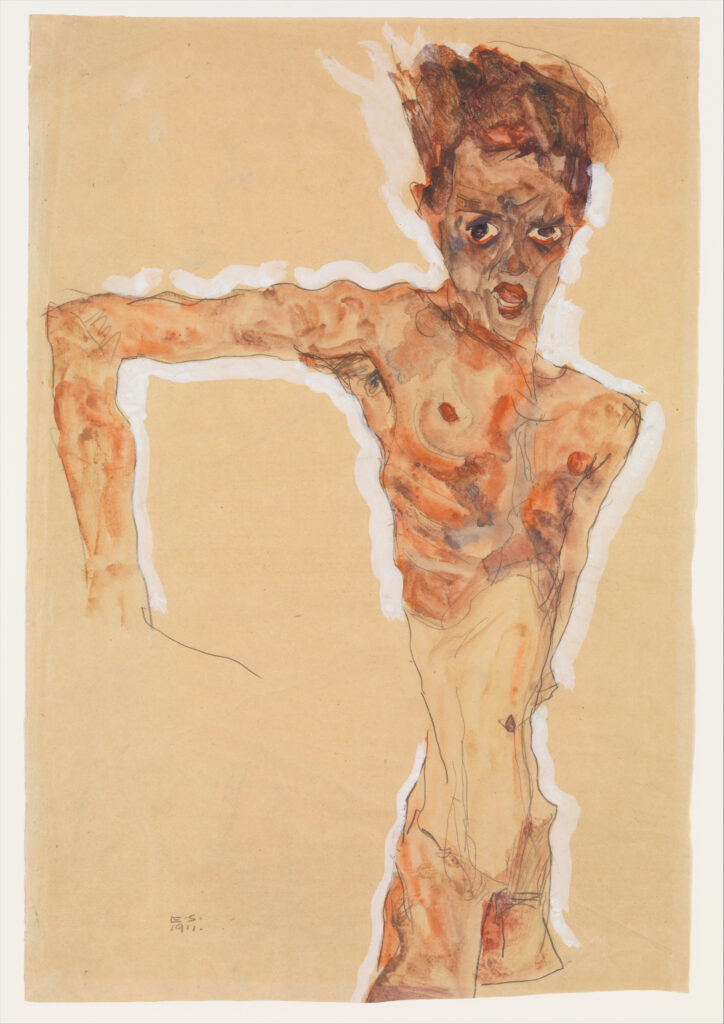
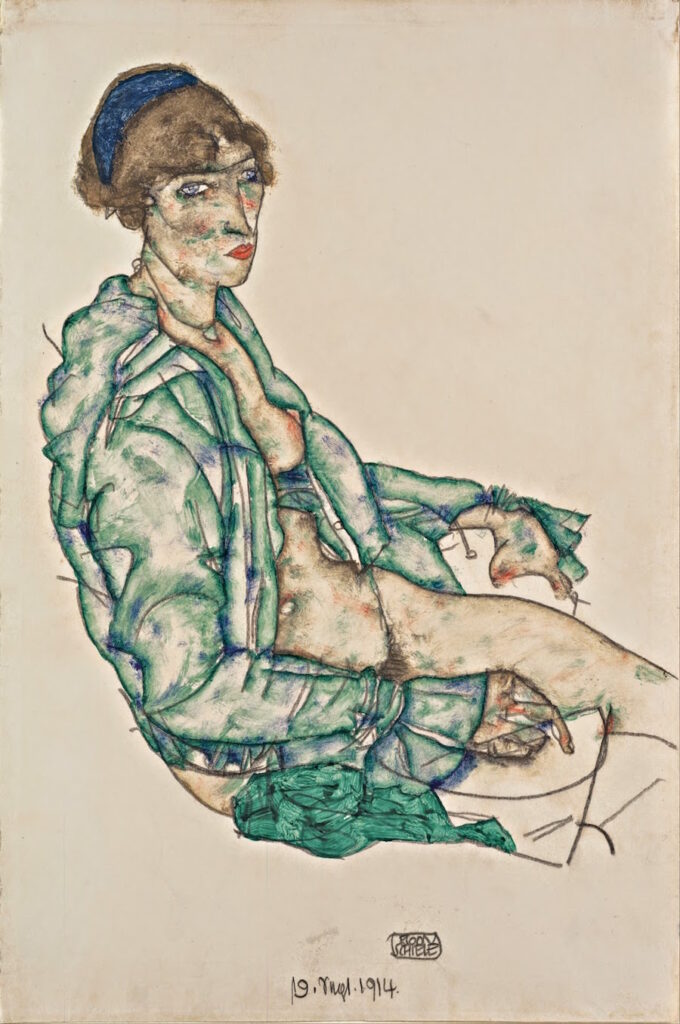
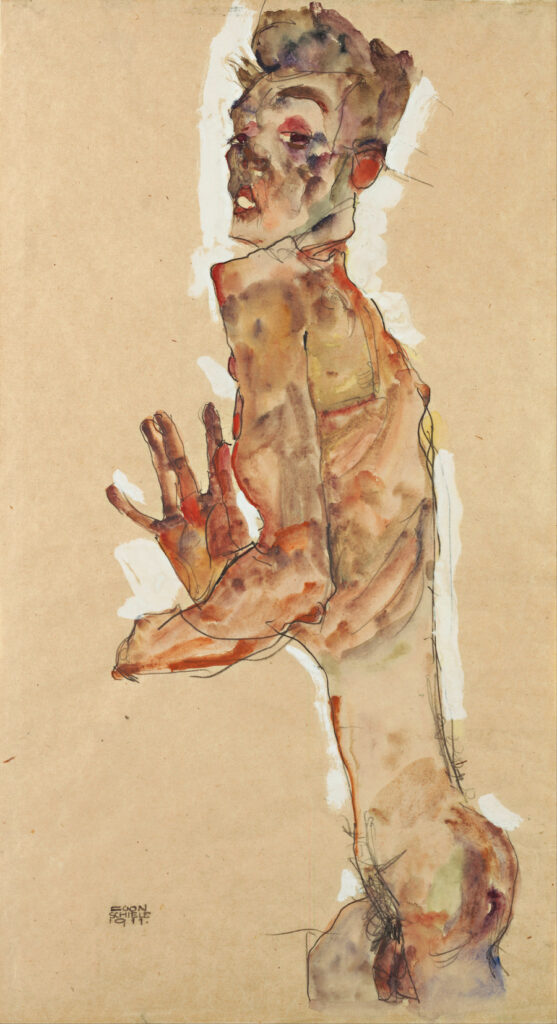
Some of them seem to depict madness, the most difficult side of being human. The social pressure to look a certain way, to be a certain way, to show yourself as something you don’t align with is something I see Egon challenging. Powerfully. His portraits confront the desires one feels shy or is incapable of confronting. I see his portraits presenting the various postures we wouldn’t want the world to see. Those moments of despair, of existential crisis, of making no sense even in your mind, the lack of life in your living – his portraits are about all these and so much more. They aren’t meant to please your eye, but for you to dig deeper and retrospect. A rebellion against the confinements for humans and art forms in particular.
Art is there for us as a savior, to make us look closely, within ourselves first, then within everything that surrounds us. If you are observing a human art form today, chances are you’re reading a story or touching a memory, that could have been oppressed back then.
_________________________
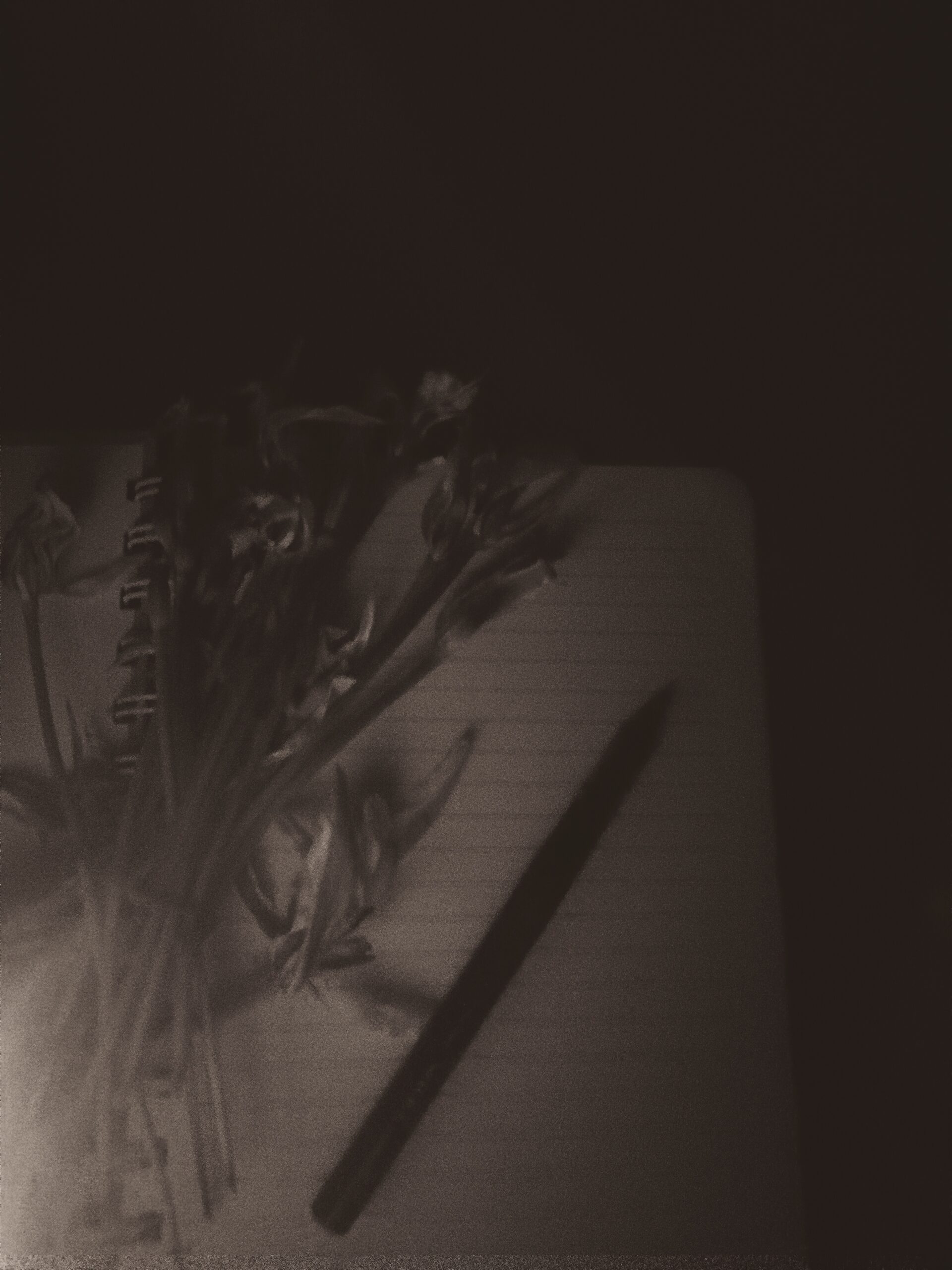
Aiman Khan is a reader, writer, and book blogger. She finds words extremely empowering. A Btech graduate, she has found solace and a safe space in literature. Apart from writing and reading, she finds healing in nature and storytelling. Art is her eternal inspiration and she believes art makes life meaningful and liveable. She firmly believes that words can redefine who we are, where we are going, who we want to be, and what impacts us the most. Going forward, she wants to continue exploring art, history, and literature.
You can access more of her works through her Instagram.
_________________________
All images of artwork displayed in this essay belong to their respective owners.
Find The Mean Journal on Instagram @MeanPepperVine
